Top 9 Home Energy Hogs and How to Stop Them
Between marathon TV viewing, long showers, and what seems like daily laundry loads, homes can suck energy, adding dollars to your monthly bill. Learn tips for battling electricity guzzlers.
Get Control of Your Thermostat
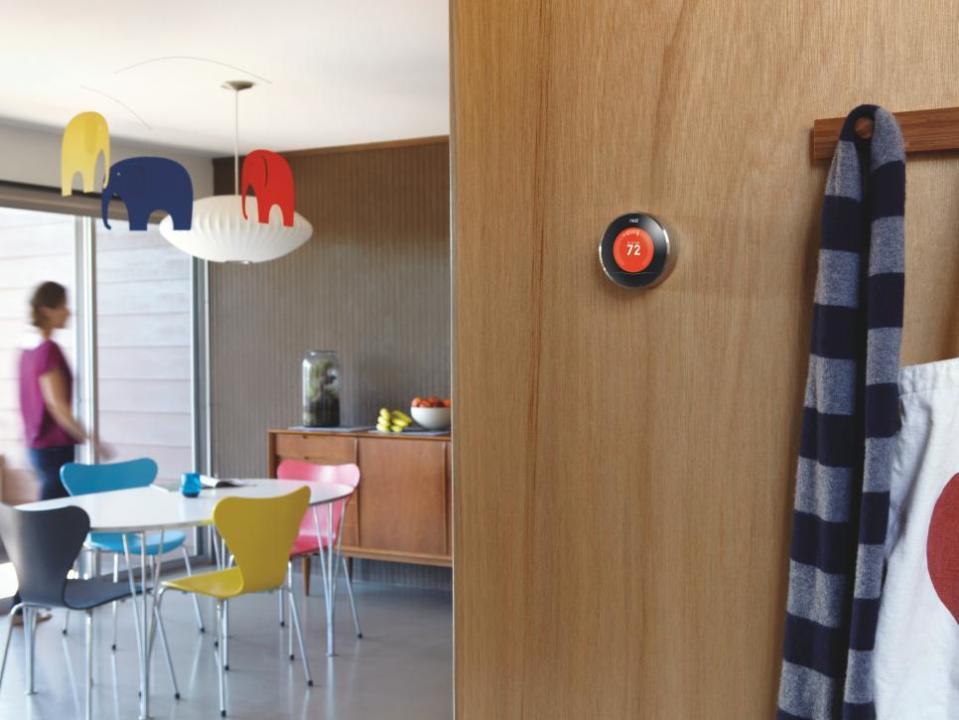
Photo courtesy of Nest
While consumers are eager to upgrade to new computers and phones, the poor thermostat is one household device that gets ignored despite its central role in the home. While it’s not the thermostat itself gobbling up energy, it can be a pain to control, allowing heating to remain on even when no one’s home. New easy-to-use touchscreen models come equipped with apps so that heating and cooling systems can be adjusted from anywhere, or “learn” a household’s habits and heat/cool accordingly.
Incandescent Light Bulbs
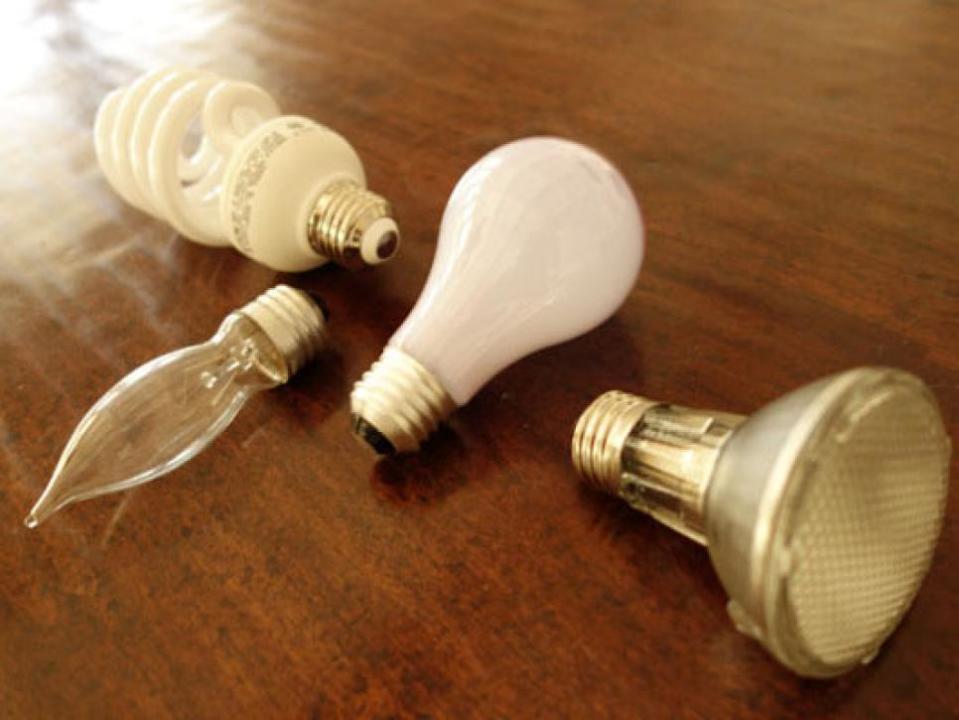
Using old school bulbs now seems dim-witted. According to the Department of Energy, replacing 15 inefficient incandescent light bulbs will save $15 a year. Swap the ancient lighting for longer lasting CFL and LED bulbs, many of which still use the classic bulb shape and offer dimming options.
Drafty Windows and Doors

Swear you feel a breeze coming from under your front door? It’s not your imagination, doors without weather-stripping protection are prime culprits for letting in the elements. Hit up a local hardware store to seal the gaps with products like hefty slide-on door bottoms or foam tape for use in the nooks and crannies. A cuter idea to reduce the energy leak is this DIY draft sock.
Worn-Out Insulation
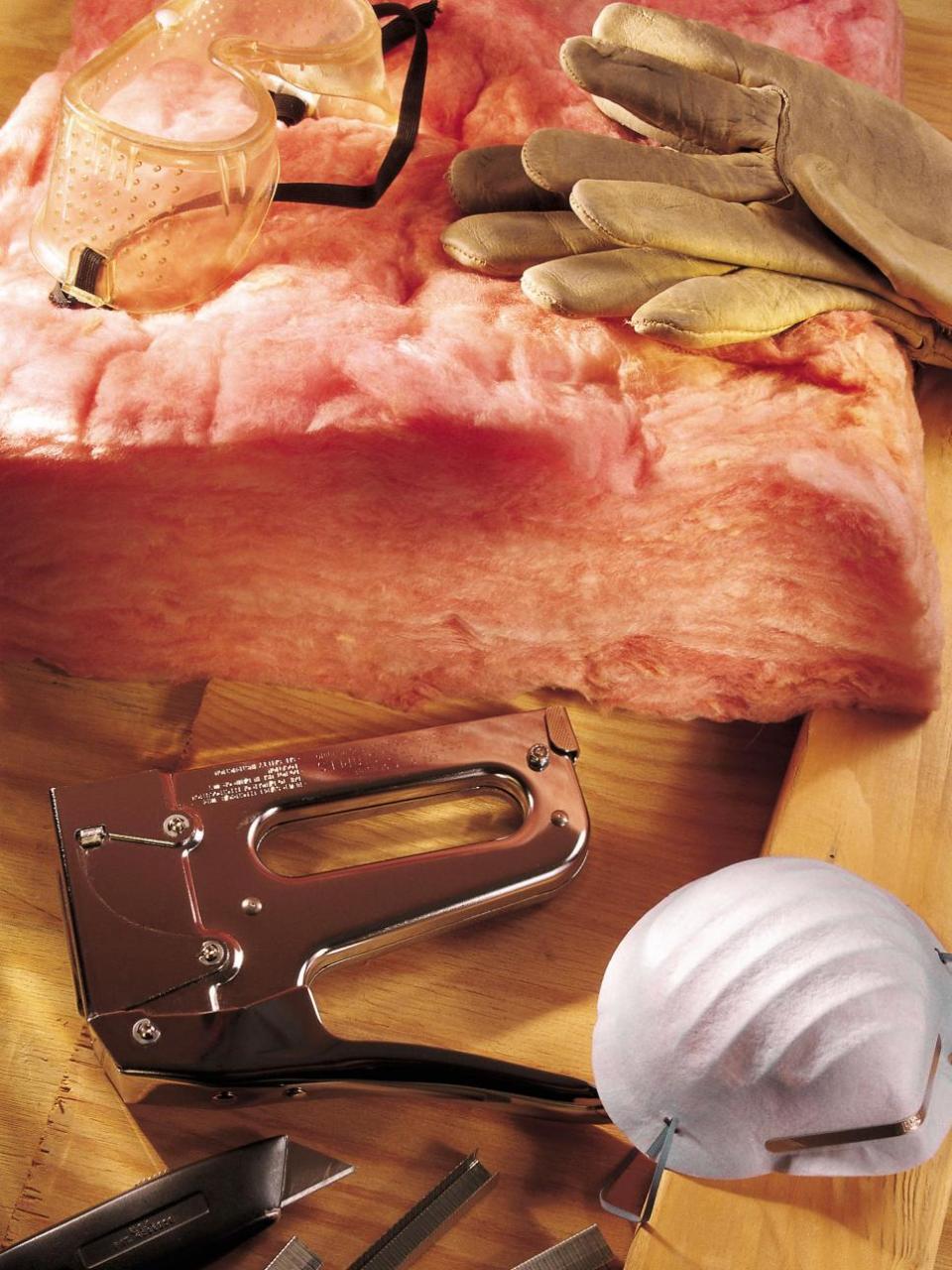
Just as you’d want to keep your head warm in the winter, make sure an attic is properly insulated to keep a house’s heat loss at a minimum. Old homes may not have the same insulation levels as newer buildings. Adding insulation to an attic and any necessary walls can save keep major money in your wallet thanks to lower levels of energy used when heating and cooling.
Single Pane Windows
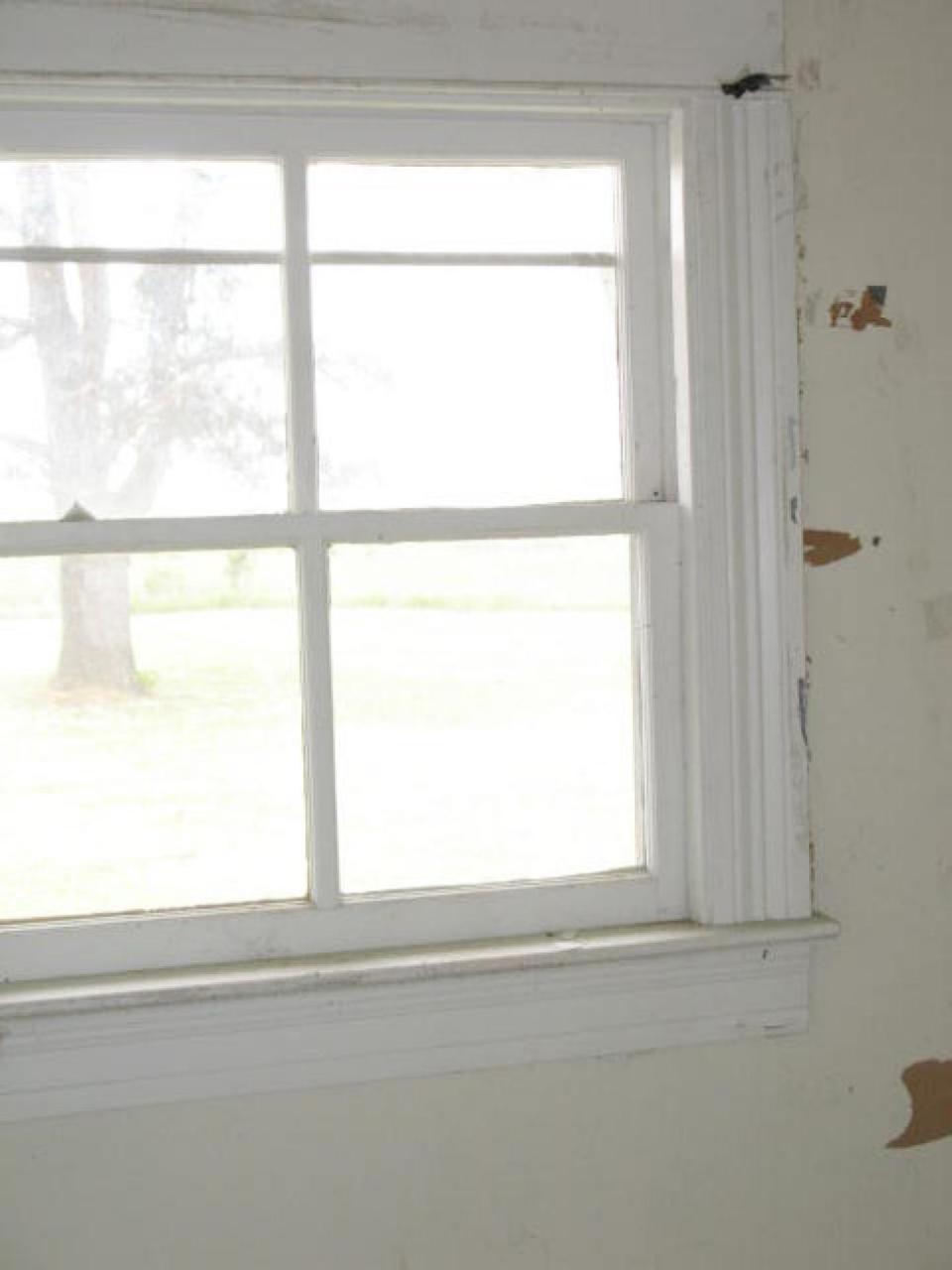
In older homes, windows are likely made of a single pane of glass, letting the cold in during winter and heat in the summer months. Reduce yearly energy bills by nearly 15%, by swapping out that thin glass with energy efficient models, many of which mimic traditional window styles (minus the draft).
Your Water Heater Behavior
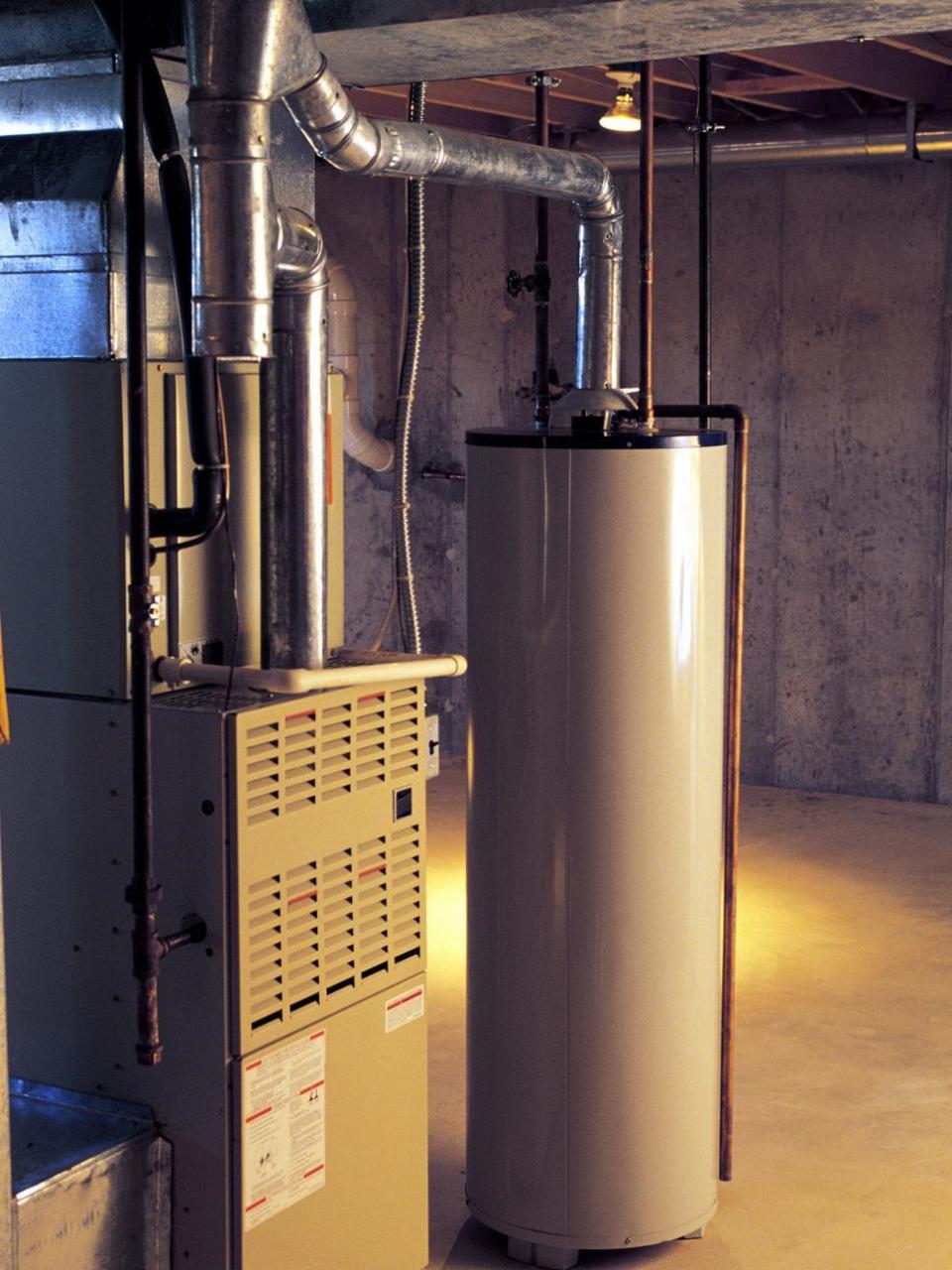
Think of all a household’s water-related activities: warm showers, clothes washing, dishwasher loads — all of which are dependent on the water heater. Nearly 90% of the energy used washing clothes comes is due to water heating. Try changing subtle behaviors to see related energy use go down. Switching from hot to warm water use in washing machine reduces energy consumption by half, and opting for cold water goes even further. Only run the dishwasher when full, and take shorter showers.
Laundry Costs
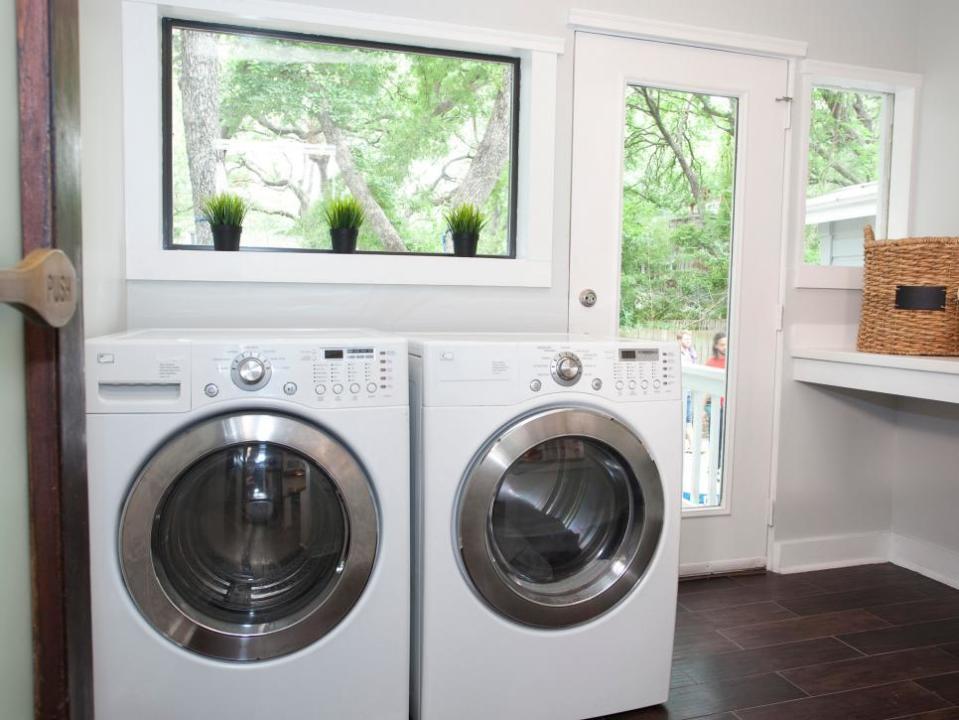
Photo by Sarah Christine Wilson
Even though you’re not popping quarters into the machine’s for every load, the amount of water and heat necessary for laundry add up in monthly utility costs. In addition to avoiding hot water when washing, reduce consumption by regularly cleaning a dryer’s lint trap, which improves air circulation, getting clothes dryer, faster.
Computer Consumption

Screen savers aren’t saving anything when it comes to the amount of electricity pulled into your home computer because the system won’t go to sleep. Turn off a desktop or laptop computer when not in use, and switch the power strip it’s plugged into off as well, so that it’s not drawing in phantom energy.
Clever Power Strips
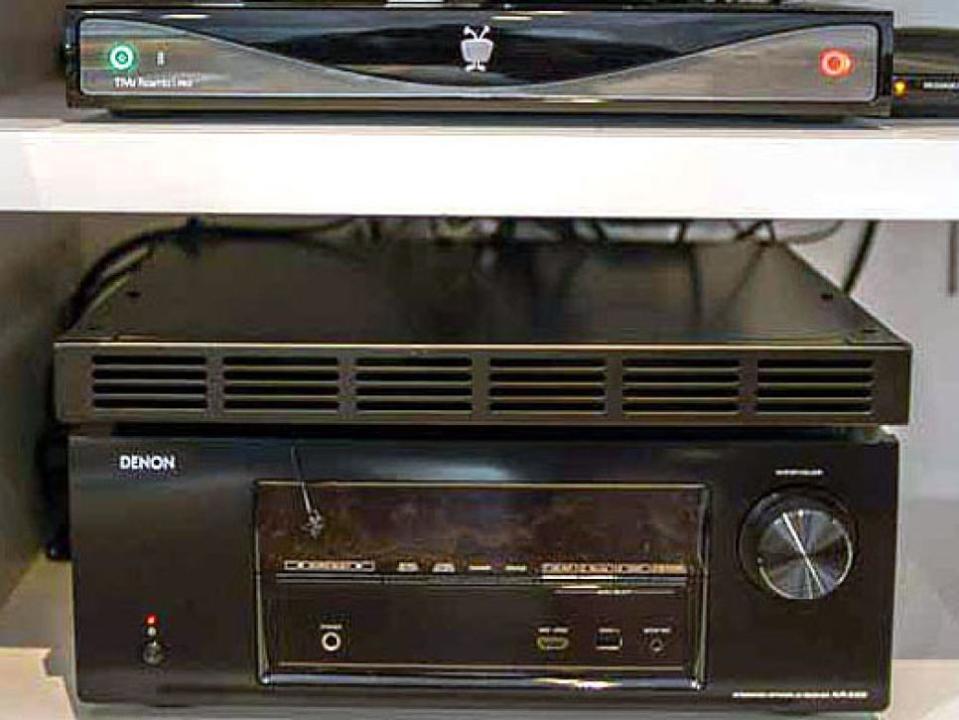
Big-screen LED TVs, Blu-ray players, cable boxes, speakers, and gaming consoles; there’s a whole lot of energy being used in the average home entertainment system, even when not in use. Opt for some of the latest power strips that will turn off all accessory devices when it knows a main electronic, like a TV is powered down.

